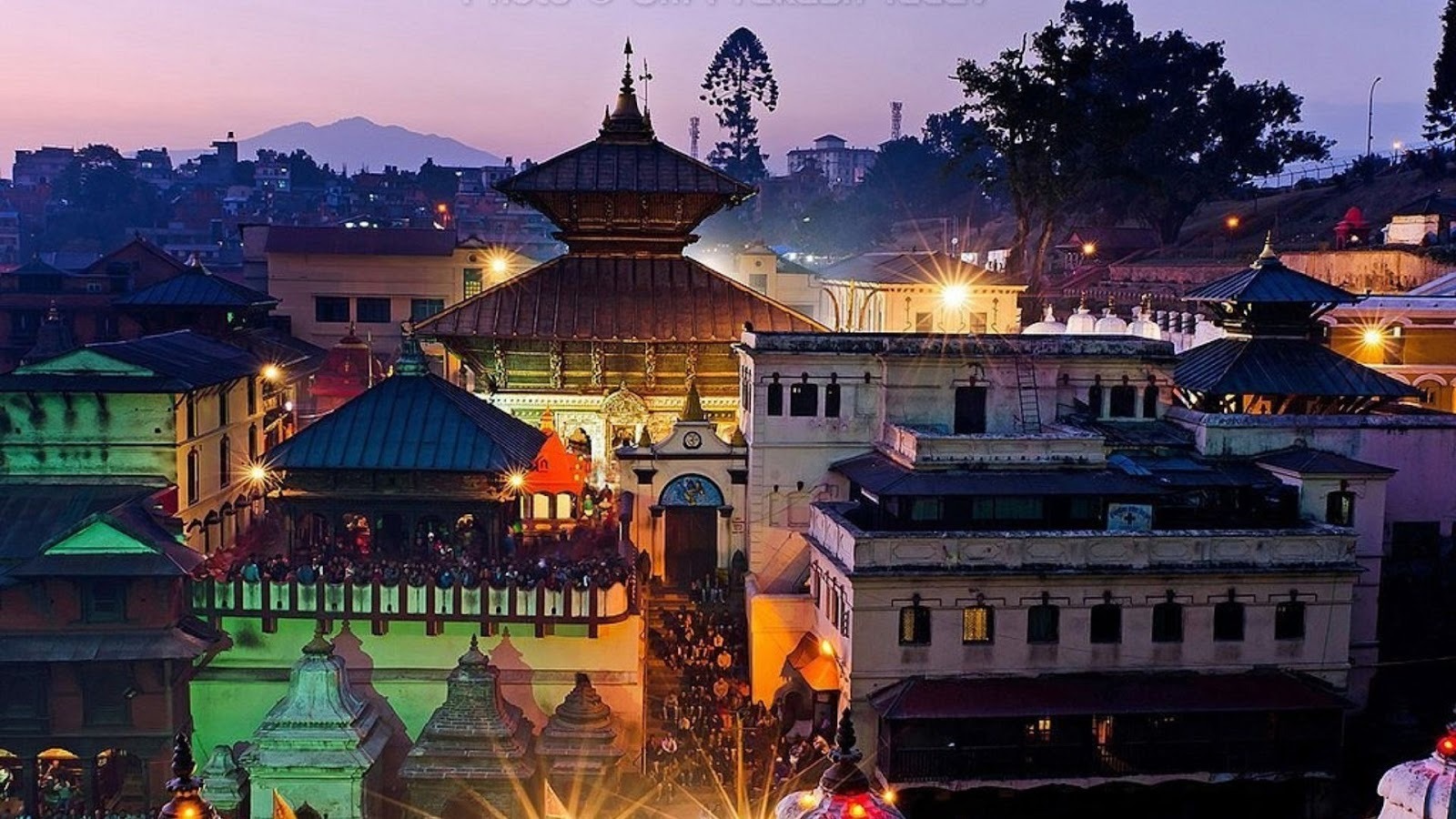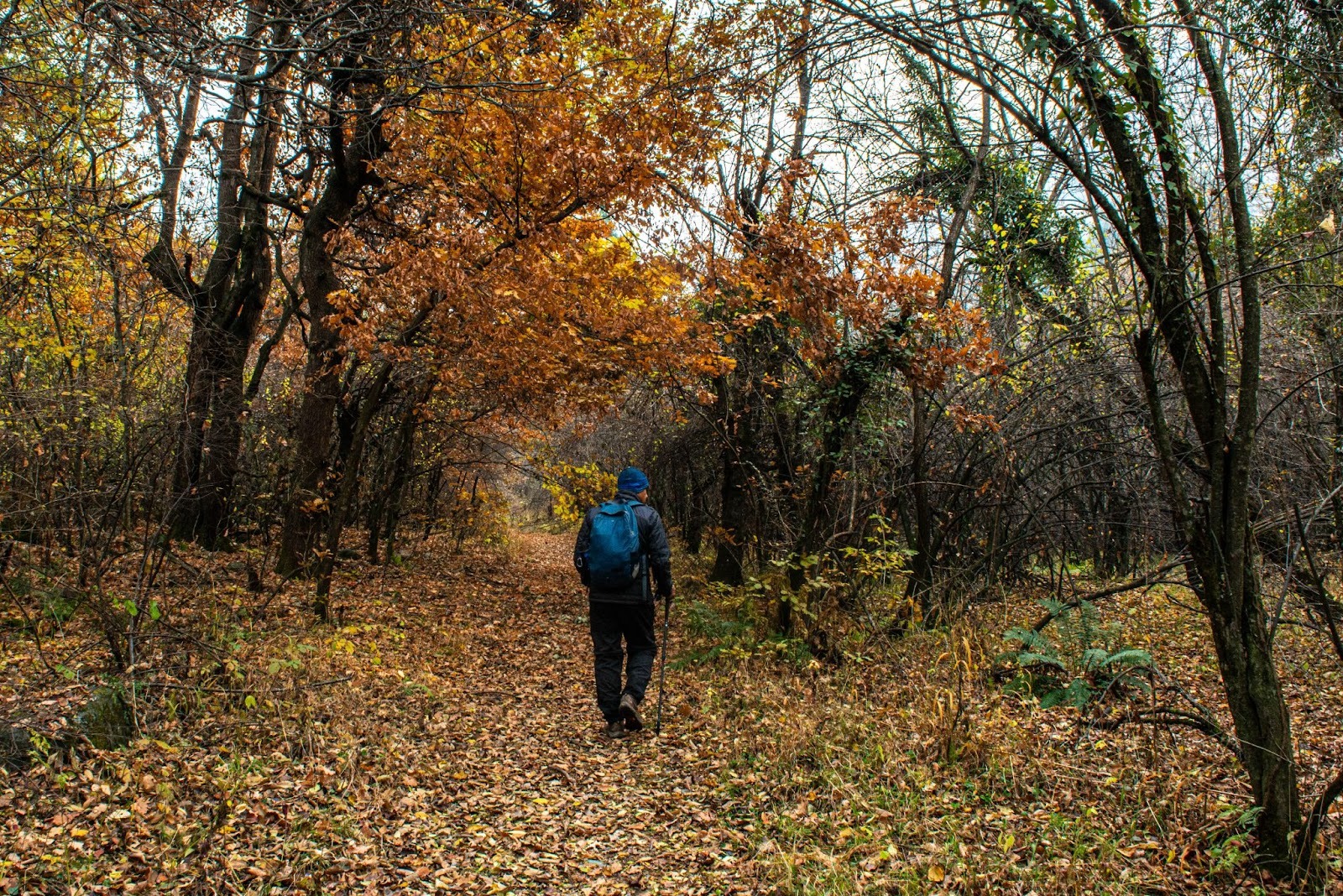When Is the Best Time for Nepal Tour Packages: Explore Each Season
When to Visit Nepal: A Seasonal Guide for Tour Packages
.jpg)
When to Visit Nepal: A Seasonal Guide for Tour Packages
Standing at the crossroads between Tibet and India, Nepal represents more than just another destination, it's where ancient pilgrimage routes meet modern adventure, where sacred peaks touch the heavens, and where every season reveals a different face of Himalayan magic. For three generations, our family has witnessed travellers transform through Nepal's extraordinary landscapes, from the bustling streets of Kathmandu to the silent sanctuary of high-altitude lakes.
At Juniper, we don't just inform you about Nepal's seasons; we craft your entire journey according to optimal timing. Whether you're considering Nepal tour packages from Delhi or Nepal tour packages from Kolkata, timing becomes the difference between a good trip and an extraordinary transformation.
With our decades of expertise across 551 Himalayan regions and our Fire Ice approach, thrilling adventures by day, luxury comfort by night, we've crafted the definitive guide to Nepal's seasonal magic.
Note: Nepal officially recognises five distinct seasons (spring, summer, monsoon, autumn, and winter), though this guide follows the widely used four-season framework for practical travel planning.

Spring in Nepal isn't just about pleasant weather; it's about witnessing rebirth. The rhododendrons burst into brilliant scarlet blooms across hillsides, creating nature's own festival that rivals any human celebration. Nepal spring tours during March through May offer temperatures ranging between 15-28°C, creating perfect conditions for both Nepalese trekking adventures and cultural exploration.
Peak trekking season begins as snow melts from lower elevations while higher peaks maintain their pristine white crowns. We coordinate your entire Everest Base Camp expedition, handling permits, logistics, and safety protocols so you can experience Nepal adventure packages without weather challenges.
Photography enthusiasts discover that spring provides the most vibrant landscapes, though afternoon thunderstorms can create dramatic lighting opportunities rather than obstacles. The season offers a perfect balance for Nepal hiking tours as trails remain clear while showcasing blooming forests.
Important altitude consideration: Temperatures drop approximately 5-6°C for every 1,000m gain in elevation, significantly affecting high-altitude regions during spring.
Before the monsoon arrives, late spring transitions into early summer, offering a unique window for Nepal high-altitude adventures. This brief period provides the warmest pre-monsoon conditions, with temperatures reaching 20-30°C in valleys while maintaining excellent visibility. Many experienced trekkers consider this the secret season for challenging routes before weather patterns shift.

Summer coincides with Nepal's monsoon period, transforming the landscape into a lush emerald paradise that few travellers experience. Nepal monsoon travel brings unique rewards for those willing to embrace different adventures, dramatic waterfalls reach their peak, forests explode with green life, and the reduced crowds allow deeper cultural immersion.
Weather patterns during this season deliver temperatures of 20-30°C with refreshing mountain air, making it ideal for Nepal cultural tours focusing on indoor treasures like Kathmandu's UNESCO World Heritage sites. While mountain visibility becomes severely limited, this period suits travellers interested in Nepal's spiritual journeys and traditional craft workshops.
Adventure opportunities shift to unique experiences, Nepal wildlife safari in Chitwan becomes spectacular as animals gather around water sources, white-water rafting reaches its peak, and the country's numerous festivals create vibrant cultural immersion opportunities.
Safety note: Juniper maintains strict safety protocols during the monsoon season. We avoid high-altitude treks, provide alternative rain-shadow region expeditions to Upper Mustang or Dolpo, and ensure comprehensive weather monitoring and route adjustments for all participants.

Autumn stands as the crown jewel of Nepal's seasons, offering the most spectacular conditions for all types of travel experiences. This period delivers what we call 'Himalayan perfection', crystal-clear skies, comfortable temperatures, and mountain views so sharp they seem painted.
Peak season conditions during October and November provide temperatures ranging from 15-25°C with minimal rainfall and maximum mountain visibility. These months create ideal conditions for our comprehensive trekking experiences, including complete permit processing, equipment provision, and safety monitoring during the absolute best Nepal trekking season.
Festival celebrations during autumn include Nepal's most significant cultural events, Dashain and Tihar festivals, which create authentic experiences impossible to replicate elsewhere. These celebrations provide unique insights into local traditions while creating vibrant atmospheres in both cities and remote villages.
Juniper handles all reservations 2-3 months ahead, as this Nepal peak season attracts maximum tourists worldwide. Early reservations become essential, though the premium experience justifies the advance commitment.
.jpg)
Winter in Nepal offers a completely different perspective for Nepal tour experiences. Juniper's winter packages focus on cultural depth and valley exploration, with crisp air creating exceptional conditions for Nepal valley tours and cultural exploration. This season provides opportunities for budget-conscious travellers with reduced crowds and competitive accommodation prices.
Temperature ranges during winter drop to 2-12°C in valley regions like Kathmandu and Pokhara, while higher elevations experience much colder conditions. The Nepal winter season suits the travellers who are interested in Nepal heritage tours focusing on ancient temples, traditional architecture, and spiritual practices.
Winter trekking is best kept to lower and mid-elevation routes. Above 4,000m, trails often close, teahouses shut down, and snow makes conditions dangerous. High-altitude treks are only suitable for very experienced mountaineers with full winter gear.
Our unique winter experiences include exceptional wildlife viewing in national parks where animals are more easily spotted, cultural festivals like Magh Sankranti and Losar celebrated by various ethnic communities, and crystal-clear mountain views without summer haze.
Juniper's regional expertise across Nepal's diverse geography ensures optimal timing selection for various elevations. We coordinate specialised Nepal mountain adventures based on altitude-specific weather patterns from the Terai lowlands to high-altitude zones.
Critical altitude effects: Nepal's elevation ranges from 60 meters in the Terai to over 8,800 meters at Everest's summit, creating distinct climate zones. Average temperatures drop 5-6°C for every 1,000m gain in altitude, significantly impacting seasonal planning.
Terai lowlands (below 300m): Stay warm year-round with temperatures often 5-10°C higher than seasonal averages. Wildlife viewing is possible in all seasons.
Hill regions (Pokhara ~900m): Offer moderate climates, ideal for Nepal family packages.
High-altitude zones (above 4,000m): Require careful seasonal planning; only spring and autumn are safe for most treks.
Understanding these patterns helps select appropriate Nepal expedition packages based on desired destinations and adventure levels. Our expertise in high-altitude preparation ensures safe adventures regardless of chosen elevation.
Explore Nepal's seasonal magic through our curated Nepal destination experiences designed for every season and adventure level.

Juniper coordinates spring activities focusing on Nepal nature tours featuring blooming forests, comprehensive Nepal hiking packages with professional guides, and photography expedition leadership. We specialise in Nepal family adventures with moderate difficulty levels and spectacular natural displays.
Monsoon experiences centre around Nepal cultural immersion programs, including traditional craft workshops, monastery stays, meditation retreats, and cooking classes with local families. Indoor activities become opportunities for deeper cultural connection during rainfall periods.
Autumn adventures encompass the full spectrum of Nepal outdoor activities, from challenging Nepal expedition packages to leisurely Nepal sightseeing tours. This season offers optimal conditions for high-altitude trekking and Nepal photography expeditions.
Winter pursuits include Nepal spiritual exploration, Nepal wellness retreats, and Nepal cultural festivals that provide authentic local experiences away from peak season crowds. However, high-altitude adventures become extremely limited and dangerous due to snow, ice, and closed facilities.
Nepal trekking tourism has grown exponentially, with the country pioneering commercial trekking in the 1960s. Our modern Nepal adventure travel combines traditional mountain culture with modern safety standards and luxury amenities.
Through our Himalayan Environment Trust (HET), every Nepal tour package supports environmental conservation, local community employment, and sustainable tourism practices, protecting Nepal's pristine wilderness. This commitment extends from our community-focused adventures to our mentor-led expeditions.
Our responsible travel coordination ensures tourism benefits reach local communities while preserving cultural and environmental heritage. Juniper's decades of experience across 551 Himalayan regions demonstrate that sustainable practices enhance rather than diminish adventure experiences.
Ready to discover your perfect Nepal adventure season? Connect with Juniper today for personalised Nepal tour package recommendations based on your preferred timing and interests.
October stands out as the golden month for newcomers, but late April–May also offers great trekking and blooming landscapes. Offering perfect weather conditions, crystal-clear mountain views, and vibrant cultural festival experiences. This month provides exceptional visibility for sightseeing, comfortable temperatures (15-25°C), and stable weather patterns perfect for both cultural tours and moderate trekking adventures.
Winter (December-February) provides exceptional value with significantly lower accommodation costs, reduced tourist crowds, and competitive package pricing. While high-altitude trekking becomes extremely limited and dangerous, cultural tours, heritage site exploration, and wildlife viewing remain outstanding during this season, often at 30-50% lower costs than peak season.
Mid-June through September presents the most challenging conditions due to heavy monsoon rains, potential landslides, flight cancellations, and severely limited mountain visibility. However, this season offers unique opportunities for cultural enthusiasts, budget travellers, and those seeking authentic local experiences without tourist crowds, just avoid any high-altitude trekking.
March-May and September-November represent premier trekking periods, with October being absolutely optimal. These seasons offer stable weather, clear mountain views, comfortable temperatures (15-28°C in spring, 15-25°C in autumn), and optimal trail conditions for both beginner-friendly routes and technical high-altitude expeditions.
Peak season (October-November) demands 2-3 months’ booking for popular destinations, premium accommodations, and guided expeditions. Spring season (March-May) requires 6-8 weeks advance planning, while winter and monsoon seasons offer flexibility with 2-4 weeks booking windows.
Yes, autumn (October-November) commands premium pricing due to optimal conditions and maximum global demand. Prices increase 30-50% compared to off-season rates, particularly for accommodations, domestic flights, and popular trekking permits. However, the exceptional experience quality justifies the premium investment.
Autumn (October-November) offers the most comprehensive cultural experiences, coinciding with Nepal's major festivals, including Dashain and Tihar. Winter also provides excellent cultural touring opportunities with comfortable weather for heritage exploration, traditional festivals, and deeper local community interactions without peak-season crowds.
While most classic trekking routes become dangerous due to landslides, leeches, muddy trails, and extremely poor visibility, monsoon trekking remains possible in specific rain shadow areas like Upper Mustang, Dolpo, and certain Annapurna regions. However, cultural tours and wildlife experiences offer much safer monsoon season alternatives for most travellers.